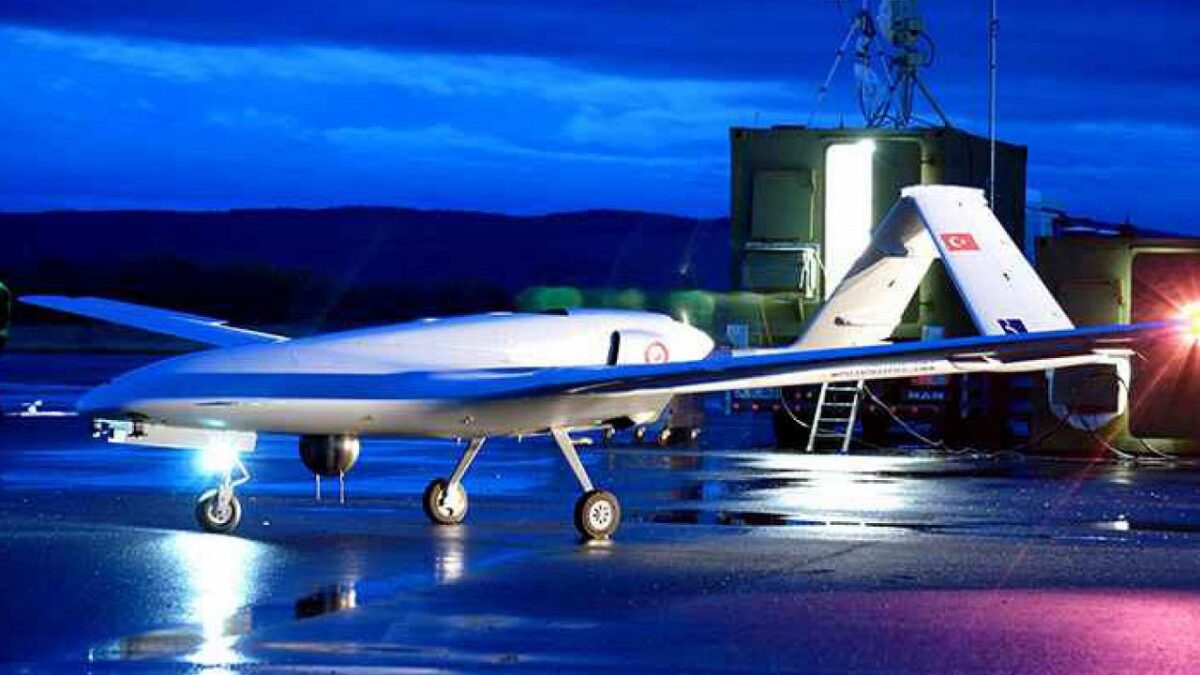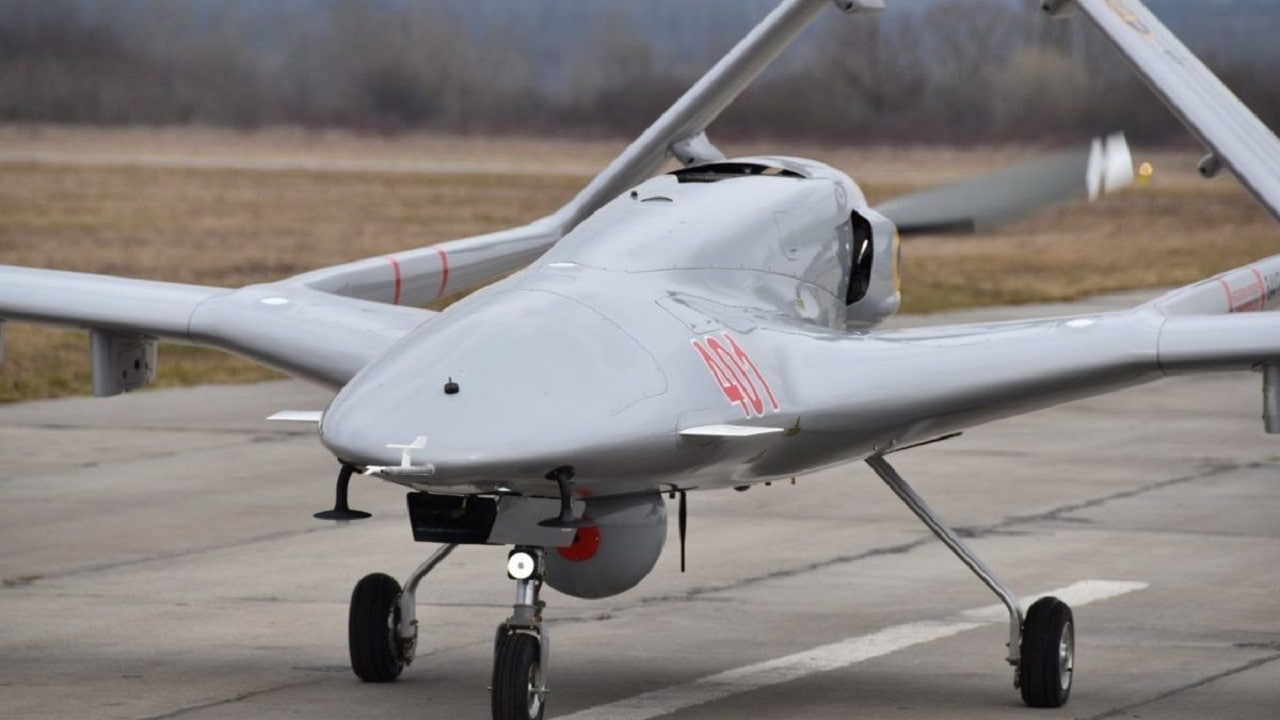Drones are Everywhere in the Ukraine War: In the seventh month of Russia’s invasion of Ukraine, drone use is shaping the conflict. The war’s frontlines have remained fairly fixed for some time, making daily artillery exchanges the crux of the fighting. Both sides have utilized unmanned aerial vehicles to target their enemies. While each side holds stockpiles of armed military drones, both countries have turned to smaller, commercially made variants to supplement their war efforts. Ukraine primarily uses the Turkish-designed Bayraktar TB2, while Moscow has turned to the indigenously produced Orlan-10 drone. While drone use has remained a limited component of conventional conflict over the last decade, it is now evolving into a staple of armed warfare.
Drone use really picked up during the 2020 war between Armenia and Azerbaijan over the disputed Nagorno-Karabakh region. Russian, Turkish, Israeli, and native-designed UAVs performed reconnaissance and strike missions throughout the 44-day conflict. Many analysts perceive that without the help of Turkey’s advanced TB2 drones and Israeli IAI Harop loitering drones, Azerbaijan would not have been as successful as it was. According to estimates provided in an Oryx report, Armenia likely lost 185 T-72 main battle tanks, 182 artillery pieces, 26 surface-to-air missile launchers, and more than a dozen radars to drone attacks. The successful implementation of UAVs in Azerbaijan’s warfare strategy may have influenced the surge of drone use in the ongoing Russia-Ukraine conflict.
UAVs Have a Starring Roles
The Turkish-made Bayraktar TB2 UAV has proven to be a critical player in Ukraine’s defensive strategy targeting Moscow’s troops. About the size of a small plane, the TB2 is equipped with cameras and is capable of being armed with laser-guided bombs. The drone has also been an instrumental asset on the information front of the war. As outlined in a previous 1945 piece, “Aerial videos depicting the drone targeting and taking out Russian assets have circulated all over social media, contributing to Kyiv’s propaganda efforts.”
Ukraine began acquiring the TB2 drones prior to the Kremlin’s invasion, drawing Vladimir Putin’s ire. Ankara has defended its drone exports to Ukraine by asserting the business dealings of private enterprises in its country do not coincide with official government positions. Turkey’s foreign minister furthered this justification, saying that, “If a country has purchased a weapon from us or another country, then that weapon cannot be labeled as Turkish or Russian or Ukrainian.”
Russian forces have reportedly used Russia’s domestically-produced Orlan-10 drone in their offensive efforts against Ukraine. Similar to the TB2, the Orlan also features cameras and can carry small bombs. In late July, a video shared by CNN showed a Ukrainian technical intelligence officer taking apart a captured Orlan-10 drone. The officer claimed many of the UAV’s components were made by Western countries, including the U.S., Japan, and France. This discovery emphasizes that despite military export sanctions imposed by the U.S. and the European Union in 2014, Moscow is still illicitly acquiring its technology.
Army of UAVs
Ukraine’s reliance on UAVs in its defensive strategy has led President Volodymyr Zelensky to spearhead a global donation initiative dubbed the “Army of Drones” project this summer. The project seeks funds from a range of international donors to supplement Ukraine’s drone arsenal. While the project emphasizes the need for military drones, the Ukrainian military also accepts donations of commercial drones. Indeed, according to a Wall Street Journal report, commercial drones are flooding the frontlines of the war.

TB2 UAV similar to the one fighting in Ukraine.
As Russia’s invasion of Ukraine continues, UAVs will play a crucial part in the conflict.
Maya Carlin is a Middle East Defense Editor with 19FortyFive. She is also an analyst with the Center for Security Policy and a former Anna Sobol Levy Fellow at IDC Herzliya in Israel. She has by-lines in many publications, including The National Interest, Jerusalem Post, and Times of Israel.

